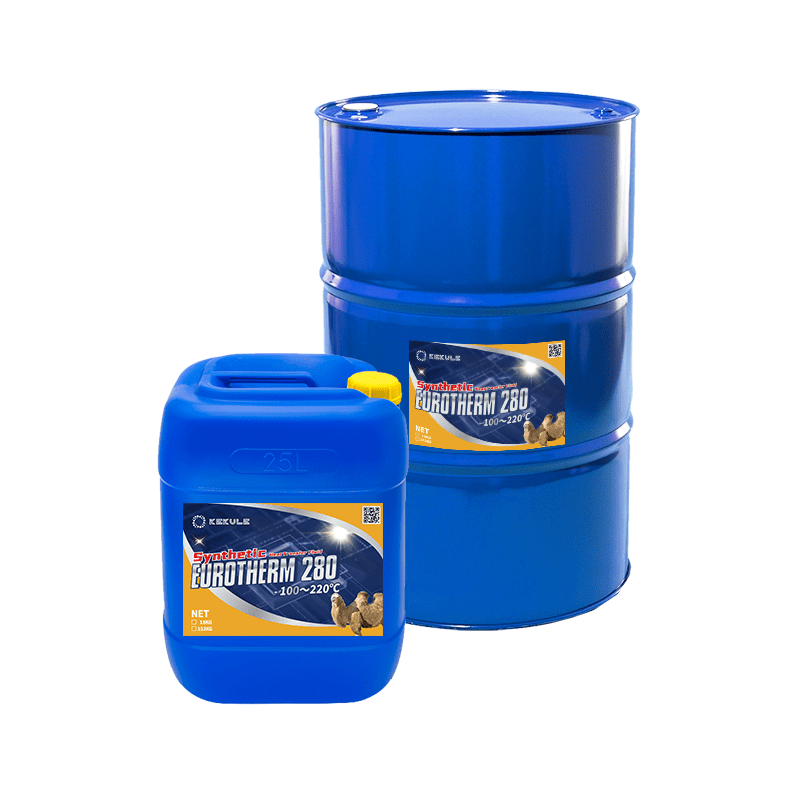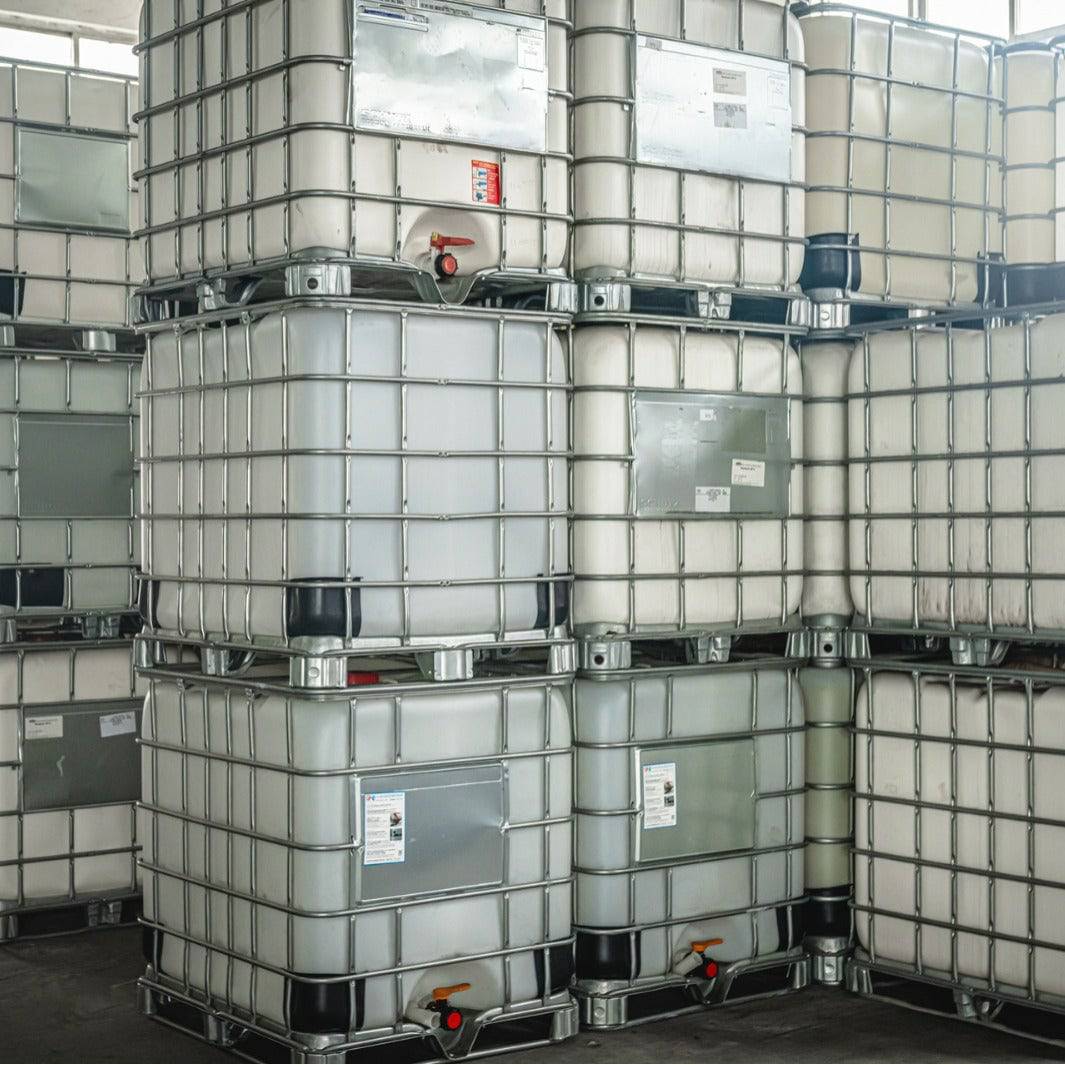The Facts About Chemie Uncovered
The Facts About Chemie Uncovered
Blog Article
Chemie Fundamentals Explained
Table of ContentsAll About ChemieSome Known Details About Chemie The 30-Second Trick For ChemieHow Chemie can Save You Time, Stress, and Money.Some Known Incorrect Statements About Chemie 9 Easy Facts About Chemie Explained
By Bojanna Shantheyanda, Sreya Dutta, Kevin Coscia and David SchiemerDynalene, Inc. Liquid air conditioning, which can be attained utilizing indirect or direct means, is utilized in electronics applications having thermal power thickness that may exceed safe dissipation via air cooling. Indirect fluid cooling is where heat dissipating digital parts are literally separated from the fluid coolant, whereas in instance of direct cooling, the parts are in direct call with the coolant.In indirect cooling applications the electrical conductivity can be vital if there are leaks and/or splilling of the fluids onto the electronics. In the indirect cooling applications where water based liquids with corrosion preventions are normally used, the electric conductivity of the liquid coolant mostly depends upon the ion concentration in the liquid stream.
The increase in the ion focus in a closed loophole fluid stream may occur as a result of ion leaching from steels and nonmetal components that the coolant liquid touches with. Throughout procedure, the electrical conductivity of the liquid may raise to a level which can be dangerous for the cooling system.
The Greatest Guide To Chemie
(https://canvas.instructure.com/eportfolios/3458114/home/revolutionizing-cooling-solutions-with-dielectric-coolant-and-more)They are bead like polymers that can trading ions with ions in an option that it is in contact with. In the here and now job, ion leaching tests were carried out with various steels and polymers in both ultrapure deionized (DI) water, i.e. water which is treated to the highest degree of purity, and reduced electrical conductive ethylene glycol/water combination, with the determined change in conductivity reported with time.
The samples were permitted to equilibrate at space temperature level for 2 days before taping the preliminary electric conductivity. In all tests reported in this research fluid electric conductivity was measured to an accuracy of 1% making use of an Oakton CON 510/CON 6 series meter which was adjusted before each measurement.
Indicators on Chemie You Should Know
from the wall surface heating coils to the center of the furnace. The PTFE sample containers were put in the heater when stable state temperature levels were gotten to. The test setup was eliminated from the heater every 168 hours (7 days), cooled down to room temperature level with the electric conductivity of the liquid gauged.
The electrical conductivity of the liquid sample was kept an eye on for a total amount of 5000 hours (208 days). Number 2. Schematic of the indirect shut loophole cooling down experiment set up - silicone fluid. Table 1. Parts made use of in the indirect shut loophole cooling down experiment that touch with the fluid coolant. A schematic of the speculative configuration is revealed in Figure 2.

Things about Chemie
During operation the liquid storage tank temperature level was maintained at 34C. The change in fluid electrical conductivity was kept an eye on for 136 hours. The fluid from the system was accumulated and saved. Closed loop examination with ion exchange resin was carried out with the very same cleaning procedures used. The initial electric conductivity of the 230ml UP-H2O in the system measured 1.84 S/cm.

0.1 g of Dowex material was included in 100g of liquid samples that was absorbed a different container. The mixture was mixed and transform in the electrical conductivity at space temperature level was measured every hour. The determined adjustment in the electrical conductivity of the UP-H2O and EG-LC test liquids having polymer or metal when engaged for 5,000 hours at 80C is revealed Number 3.
Things about Chemie
Ion leaching experiment: Measured change in electric conductivity of water and EG-LC coolants having either polymer or steel examples when immersed for 5,000 hours at 80C. The outcomes indicate that steels added less ions into the fluids than plastics in both UP-H2O and EG-LC based coolants.
Fluids containing polypropylene and HDPE showed the most affordable electric conductivity changes. This can be as a result of the short, rigid, straight chains which are much less likely to add ions than longer branched chains with weaker intermolecular pressures. Silicone likewise performed well read more in both examination fluids, as polysiloxanes are usually chemically inert because of the high bond energy of the silicon-oxygen bond which would certainly avoid destruction of the material right into the fluid.
The 7-Minute Rule for Chemie
It would be expected that PVC would certainly generate similar outcomes to those of PTFE and HDPE based upon the comparable chemical structures of the products, however there might be various other impurities present in the PVC, such as plasticizers, that might influence the electric conductivity of the fluid - inhibited antifreeze. In addition, chloride groups in PVC can also leach right into the examination liquid and can cause an increase in electrical conductivity
Polyurethane entirely degenerated right into the examination liquid by the end of 5000 hour examination. Prior to and after pictures of metal and polymer examples submersed for 5,000 hours at 80C in the ion seeping experiment.
Calculated adjustment in the electric conductivity of UP-H2O coolant as a feature of time with and without material cartridge in the closed indirect cooling loop experiment. The measured change in electric conductivity of the UP-H2O for 136 hours with and without ion exchange resin in the loop is displayed in Number 5.
Report this page